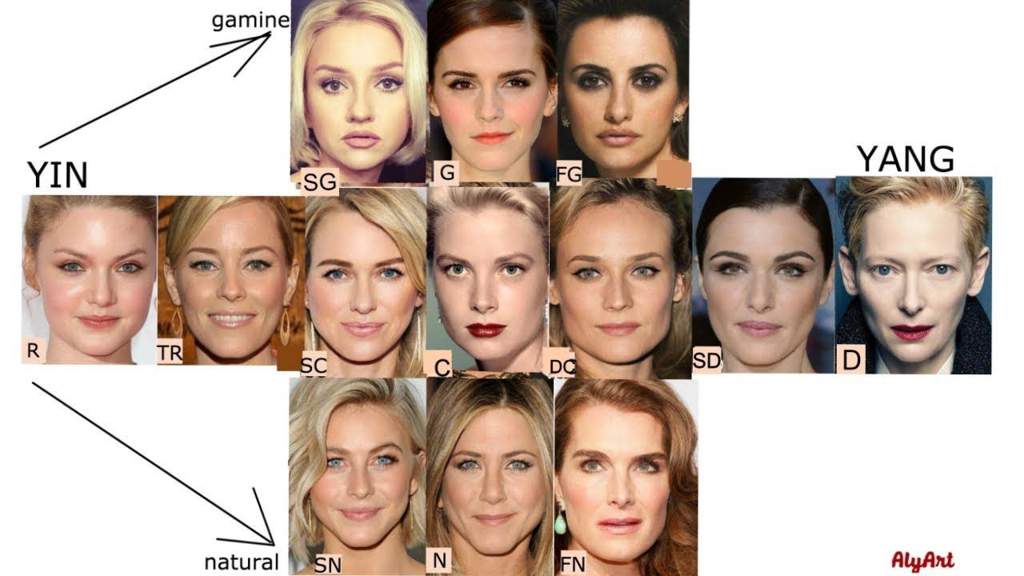Imagine a night sky filled with various, scattered stars. Now, imagine those stars gradually moving to form a brilliant and harmonious constellation.
That is exactly how classic beauty functions.
Every star serves an important purpose in creating a magnificent sight for all to see, which is why I will carefully dissect the convoluted mystery we call beauty.
What is Facial Harmony?
As explained in the previous blog, facial harmony is about ideal proportions (not perfection). Ideally, to be considered attractive your facial features should aim to fall into a societal average.
Dr. Jason explains, “It really comes down to the fact that the most attractive faces are those where everything falls into the average. Philosophically speaking, when one part falls out of the norm, it’s alarming for potential disease.”
If you recall from the last post, beauty is a measurable quality that evolved from prehistoric times to optimize the reflection of great health.
This brings me to the key determining factor of facial harmony, facial thirds.

What are Facial Thirds?

Facial thirds are exactly as it sounds. Your face is split into three equal sections: your forehead, your eyes and nose, and your mouth and jawline.
They are ratios that are used to measure the proportions and symmetry of the face.
What are Yin and Yang Facial Features?
In a very traditional sense, yin and yang correlate to two categories: masculine and feminine. I found that these categories were not inclusive of the evolving norms found in today’s society, so for this blog, yin and yang refer to soft and structured features, respectively.
Anyone can find themselves residing anywhere on the sliding scale of yin and yang. Neither end of the scale directly connects your facial features to a label of attractive or unattractive (you can let out a sigh of relief). Instead, this scale better explains how others perceive your character.

What is Conventional Beauty?
Are you still with me?
This is the point where the puzzle pieces finally fit snugly into place to reveal the bigger picture.
All the information above configures the intricate idea of beauty standards. It is this final product that determines what we define as conventional beauty. People who fall into this category are just conventionally attractive (who would’ve thought).
Basically, being conventionally attractive simply means you fall within common beauty standards. Before the mass exploitation of media, those who were pushed into the spotlight were only celebrities like Margot Robbie, Chris Hemsworth, and Zac Efron.
But we’re not these celebrities.
So what happens if we aren’t conventionally attractive?
What is Unconventional Beauty?
Truthfully, we do nothing. We find solace in the idea of being average and continue to be confident in our skin.
But! There is a category of people who are still attractive in an unconventional way. This category of people is even fewer (but not nonexistent).
They are unconventional beauties.
To be unconventionally attractive, your facial features have to practice facial harmony in a special way. Your features must complement each other. They must complement each other in a way that emulates how average facial features complement each other to form the most attractive face.
Now that you understand the beauty terminology, I hope you are ready for the posts to come.
Works Cited
Angelo, Nero. “What Is Facial Harmony and Why It’S Important ?” Nero Angelo, May 2023, www.nerofacerating.com/facial-harmony.





